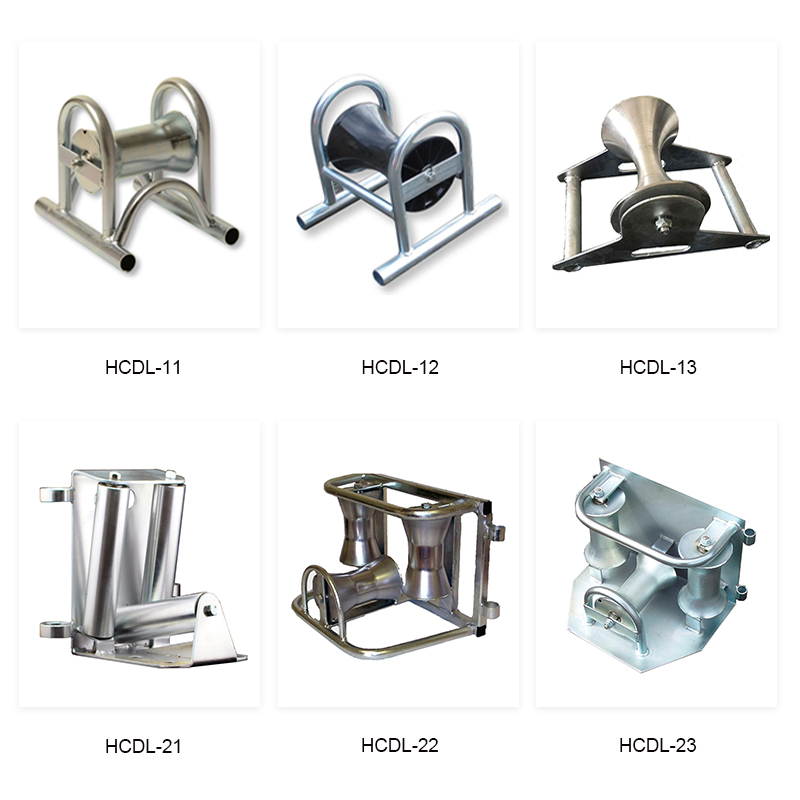In Featured News by Wireless Estimator April 13, 2023
JUST SAY NO TO HOISTING GRIPS? NOT HARDLY! – When a pre-installed hoisting grip on a Huber+Suhner hybrid fiber optic cable failed last December, it reportedly caused the death of a Texas tower technician. However, OSHA and other interested parties are still investigating the incident, and there is a possibility they might find other contributory factors. Following the fatality, Huber+Suhner put out an ambiguous bulletin that could be interpreted to state that hoisting grips could no longer be used, which is incorrect, according to industry safety professionals. Detectable Rod

When a 32-year-old tower technician passed away on December 15, 2022, in Weatherford, TX, while engaged in an installation project for Verizon, Wireless Estimator identified shortly after that that a secured cable grip failure might have caused the death.
Huber+Suhner provided the hybrid cable and factory-installed hoisting grip, which was later identified as a FIOMA grip.
OSHA investigated the accident and has not cited the contractor, Neticom, for any violations. However, the agency has until mid-June to cite the Texas contractor.
On January 27, Huber+Suhner issued an urgent notification not to use pre-laced hoisting grips installed on all Masterline Classic Hybrid 12×24 cable that came attached to the hybrid cable when reels were delivered to installers or may be sitting in stock at customer warehouses.
Although they said in their notice that their hosting grip supplier ceased distribution, they cautioned that “installation of the new hybrid cables should be performed via alternate means.”
The message’s ambiguity had many attendees at NATE’s annual conference in Orlando during February interpreting the statement to mean that hoisting grips could no longer be used on Verizon projects and other industry installations.
According to many industry professionals, although Huber+Suhner should have provided a detailed explanation that grips are acceptable when manufactured or tested by the cable manufacturer for their specific transmission line, the notice appeared to be solely a defensive move to avoid any future litigation and not address core concerns regarding hoisting grips.
Subject matter experts provide initial guidance on grips
At the request of members in response to Huber+Suhner’s notification, NATE: The Communications Infrastructure Contractors Association has engaged a Hoisting Grip Task Team comprised of subject matter experts (SMEs) from contractors, tower owners, carriers, and manufacturers, to examine the use of wire mesh grips, commonly referred to as “hoisting grips.”
Those SMEs, according to NATE, have been unable to locate a specific consensus standard utilized by manufacturers on the design, application, or use of wire mesh grips for overhead lifting and/or supporting/securing cables to antenna supporting structures.
Until industry stakeholders can conduct further review/research of cable/line systems installations, this task team suggests considering the following when working with wire mesh grips:
IS THE WIRE MESH GRIP:
KNOW YOUR LOAD: (for attachment, lifting, and securing cables using wire mesh grips)
“Standard rigging hardware and slings used for lifting and load handling purposes shall be specifically certified for such applications in accordance with applicable ASME B30 standards. The use of rigging hardware not specifically covered by ASME B30 standards is discouraged but may be used if certified for lifting and load handling purposes by the component manufacturer or qualified engineer for the intended use and shall utilize a safety factor no less than 5.0.”

Cable Rodding Tags: 5G, Tower Fatalities, Verizon, Wireless Infrastructure, Worker Accidents